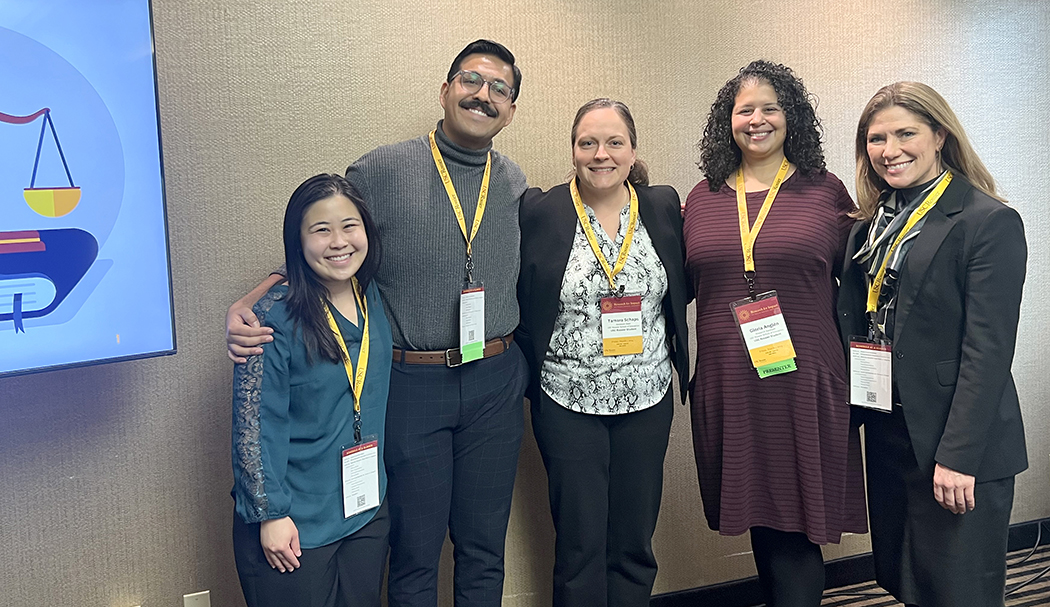By Jimmy Aguilar, Julie Posselt and Gloria Anglon
In the fall of 2022, with a decision from the Supreme Court about race-conscious admissions looming, our team sought to uncover for both researchers and practitioners how public universities bound by state-level bans on affirmative action try to advance diversity and inclusion while complying with the law.
With that in mind, we embarked on a rigorous comparative ethnography focused on the styles of race-neutral holistic review in two STEM PhD programs with existing state-level bans on affirmative action. We attended and observed their admissions committee meetings and interviewed most members of both committees. Our attention was focused on how PhD admissions committees with similar policy environments and intellectual similarities, but differing organizational cultures, carry out admissions? We wanted to see how they navigate the work of promoting diversity and equity while adhering to legal requirements. Below, we provide a snapshot of the approaches we observed.
A hallmark of the state bans that have been passed is ambiguity in their language. They leave much open to individual and organizational interpretation. Indeed, we found that the two programs, while under similar legal mandates and while both adhering to race-neutrality requirements, used divergent approaches to selecting students because they understood the law’s requirements differently.
We characterize one program’s approach as community-centering and the other as technology-mediated. The community-centering program offers a transformative example of intentionally using admissions to create the department community they wanted, such as by uplifting candidates who showed within their applications that they could contribute to a positive, inclusive, supportive learning environment. Committee members in the technology mediated program did not discuss race at all but sought to identify, mark and support candidates who had faced a variety of adversities on their path to graduate education. In both cases, they hoped their methods would offset anticipated costs to diversity they knew to be common under the law.
Without giving preferential treatment on the basis of their applicants' racial status, the styles in both departments are broadly consistent with what Lauren Foley coined “resistant compliance.” Although they complied with the law, they did not allow it to dominate their actions. They offer useful examples to the community of demonstrated commitment to fostering a diverse and inclusive academic environment, albeit with more and less explicit discussion of diversity and more and less attention to rethinking the heart of admissions vs. tweaking a process to “get” diversity without considering race.
For both programs, committee leadership proved to be a critical factor. Leaders established open communication channels and fostered collaborative decision-making processes, ensuring that diverse perspectives were valued and considered during the admissions process — including graduate students in one program. Effective communication and collaboration within admissions committees were also critical in advancing diversity goals.
The leaders and processes they created were also clearly influenced by the departments' unique organizational cultures, with status and DEI activity in the departments specifically influencing the decision-making processes. No surprise. We find that departments with a strong culture of diversity and inclusion are more likely to prioritize these values in their admissions practices, even given legal constraints. Organizational cultures that embraced diversity as a core principle may also be better equipped to navigate the challenges posed by policies limiting race-conscious admissions, finding creative ways to promote diversity without violating the law.
What does this mean for readers like you? First, if you are part of an admitting or hiring unit, we encourage you to be mindful of how your organizational culture may unwittingly show up in your evaluation norms and selection practices. In particular, think about whether you tend to be more or less risk-averse, more or less focused on applicant pedigree, and how actively you emphasize diversity, equity, and inclusion as values.
Secondly, keep in mind selection reflets xulture but can also be used to create it. We urge readers to treat their adaptations to the Supreme Court’s ruling not just as a process of changing as little as possible but as an opportunity for reflection about long taken-for-granted assumptions about
- What makes a great student or employee,
- What kind of organization you have now, and
- How you might use evaluation and selection processes to get to where you want to be.
In the community-centering program we studied, for example, they embedded attention to community into the composition of their committee, their rubric, the interactions of the committee, and the interview questions they asked of finalists.
As we conclude our second year of data collection, we are attending to technology’s role in admissions, the implications of admissions software for diversity efforts, and how organizational communication networks are part of the systemic adaptations to the SFFA decisions. If you are interested in learning more, please contact lead author Jimmy Aguilar for a copy of the working paper (jimmyagu@usc.edu).
To learn more about the Equity in Graduate Education Resource Center, please visit https://equitygraded.org








